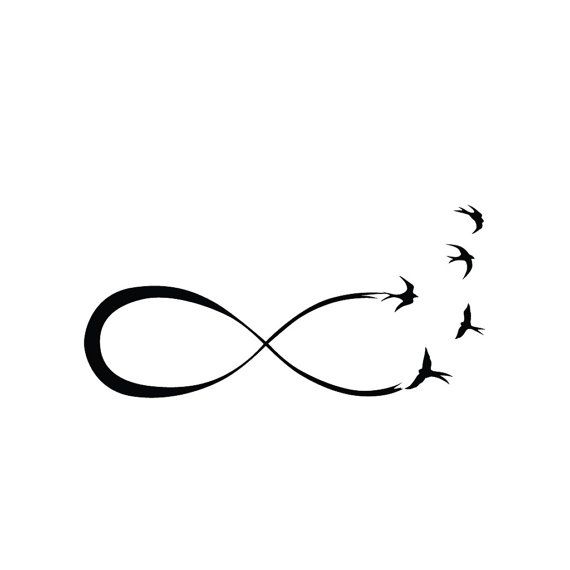Science Seen Physicist and Time One author Colin Gillespie helps you understand your world.
Thinking the Unthinkable: How Big Is the Universe?
It’s a question many ponder. We know the universe is big. But is it finite or infinite? And why does this matter?
It’s 1584. Dominican friar and Neapolitan philosopher Giordano Bruno publishes De l’infinito universo et Mondi. He argues that God, being infinite, would create an infinite universe. He has no evidence to back his story, but such was the tenor of cosmology in those times. Condemned for heresy, he dies at the stake. His ‘mystical dream of an infinite universe’ lives on.
Even today no scientific evidence supports it. Yet it shows up in surprising places. For example it’s a throwaway line for Danish astronomer and General Secretary of the International Astronomical Union, Johannes Andersen, to mention that ‘the universe is infinite….’ Is this IAU policy (like: Pluto is no planet)? If the IAU General Assembly were to vote, it just might go for Bruno’s dream―though short on science, infinity has popular support among astronomers and cosmologists. Of them Italian science writer Davide Castelvecchi says:
Cosmologists seem to believe that the universe goes on forever without coming back—and in particular, that space has infinite extension. But when pressed, most cosmologists would also admit that, in fact, they have no clue whether it’s finite or infinite.
So why is infinity so popular among cosmologists? Could it be because infinity’s math is simpler than that of finity? Or maybe they can’t think exactly where the universe might end?
But is it infinite? Cosmologists should not be clueless; there are good reasons to conclude that it is finite. Let’s take a closer look.
In 1917, with astronomy still in its infancy, cosmology moves out of philosophy into the world of physics. Albert Einstein publishes a seminal paper. Calling on such data as are available, he combines his new theory of general relativity (GR) with thought-experiments to test possible kinds of universe. He shows how an infinite universe leads to contradictions. He shows how to resolve them: Space is curved, he proposes. This gives us, he says, a finite 3-D universe. Like the Earth’s 2-D surface it has no edge. Keep going long enough and you’ll arrive back where you left, or would if space would stand still for you, which it won’t.
Within a few years both GR equations and new observations show space is expanding (that’s a subject for another post). Some time ago, they show, our universe was just a sizeless dot. More measurements say this was 13,780,000,000 years ago, making the universe about three times older than the Earth. This too argues for a finite universe, expanding from zero at a finite speed for a finite time.
When such evidence as there is points to a finite universe, why is physics still shaped by Bruno’s four-hundred-year-old dream? Bandied about on a daily basis, infinities give rise to serious problems. We are all consumers of physics. We pay for it. We would be better served by physics that is in touch with reality.
And, by the way, apprehending that the universe is finite is the first and may be the most basic step in understanding where we live.
Sources
Giordano Bruno (1584), De l’infinito universo et Mondi, http://www.uonna.it/de-l%27Infinito-universo-et-mondi.htm; On the Infinite Universe and Worlds, Dorothea Singer (tr.) (1950), New York: Abelard-Schuman, http://www.amazon.com/Giordano-Bruno-his-life-thought/dp/B0007I0VY0, http://www.positiveatheism.org/hist/bruno00.htm
Lee Smolin (1997), The Life of the Cosmos, New York: Oxford University Press, p. 116; http://leesmolin.com/writings/life-of-the-cosmos/
Johannes Andersen (2000), “Astronomy and the Degrading Environment”, Science, vol. 288, p. 443; http://www.sciencemag.org/content/288/5465/443.full?sid=549ec461-abb0-4cb9-bae3-95b72d4ee54b
Davide Castelvecchi (2011), “What Do You Mean, The Universe Is Flat?”, Scientific American, blog post July 25, http://blogs.scientificamerican.com/degrees-of-freedom/2011/07/25/what-do-you-mean-the-universe-is-flat-part-i/
Albert Einstein (1917), “Kosmologische Betrachtungen zur algemeinen Relativitatstheorie” (“Cosmological Considerations on the Theory of General Relativity”), Sitzungsberichte der Königlichen Preussischen Akademie der Wissenschaften, Berlin, p. 142; http://www.itp.kit.edu/~sahlmann/pdfs/cosmology.pdf
Other reading:
Colin Gillespie (2013), “Looking Far”, in Time One: Discover How the Universe Began, New York: RosettaBooks, p. 86, http://www.rosettabooks.com/book/time-one/, excerpted at http://www.timeone.ca/chapters/looking-far.pdf
Image credit: Tattify, https://www.etsy.com/listing/155004422/infinity-birds-temporary-tattoo-set-of-2?utm_source=Pinterest&utm_medium=PageTools&utm_campaign=Share

No comments yet.